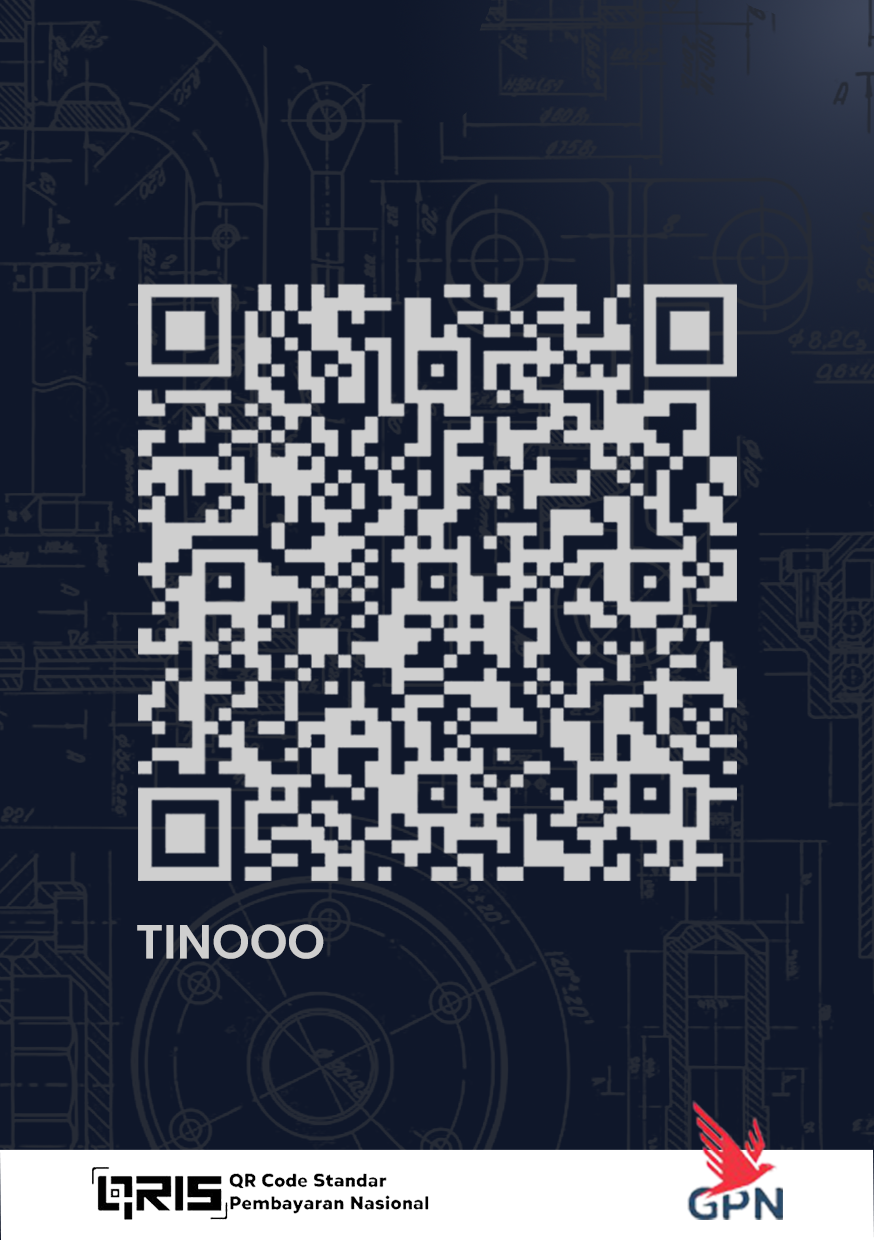The Rhythm of Power: Tuning Intake Runner Length
If runner diameter determines *how much* air an engine can breathe, runner length determines *when* that breath is most effective. This isn't about simple airflow; it's about harnessing the physics of sound. By precisely tuning the length, we can use pressure waves to force-feed the engine at a specific RPM, a phenomenon known as acoustic supercharging.
Harnessing an Invisible Force
Here’s how it works in a simplified sequence:
The intake valve slams shut, causing the moving column of air to stack up, creating a high-pressure wave.
This wave travels up the runner, away from the cylinder, at the speed of sound.
It hits the open plenum and reflects back as a low-pressure wave towards the valve.
The goal is to time the reflection of this wave so a high-pressure pulse arrives at the valve just as it opens for the next cycle, boosting cylinder filling.
Choosing Your Wave
The pressure wave bounces back and forth multiple times. We can tune the runner length to catch the 2nd, 3rd, or 4th reflection (harmonic). Each has a distinct characteristic.
2nd Harmonic
Requires the longest runner. It catches the strongest pressure pulse, creating a broad torque curve ideal for street cars and heavy vehicles.
3rd Harmonic
The "sweet spot." It offers a great compromise between runner length and pulse strength, making it a versatile choice for all-around performance.
4th Harmonic
Uses the shortest runner. The pulse is weaker, but it's highly effective for tuning peaky, high-RPM powerbands in race engines where space is limited.
The Tuning Formula
Intake Duration
The time (in crankshaft degrees) the intake valve is open. A longer duration requires a longer runner for a given RPM.
Target RPM
The engine speed where you want the torque peak to occur. This is the primary tuning variable.
Harmonic
The specific pressure wave reflection (2, 3, or 4) you are tuning for, which directly impacts the final length.
A Symphony of Flow
Runner length and diameter are two sides of the same coin. The diameter sets the maximum horsepower potential, while the length tunes the RPM range where torque peaks. A truly optimized intake manifold requires a careful balance of both to achieve the desired engine character.
